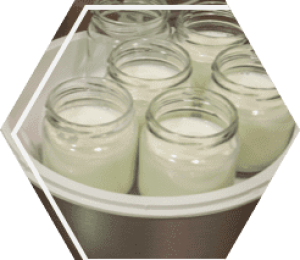
Should Food Have Bacteria?
Middle School, Life Science
In this task, students will develop an explanation for how one organism’s population growth in an ecosystem may cause the population growth of other organisms in the same ecosystem to decrease. First, students will explore ecosystems in food composed of living bacteria and determine which bacteria are safe and which can be harmful if present in food. Next, students investigate how the presence of safe bacteria, such as lactobacillus, can prevent harmful bacteria from forming on food.
Three-Dimensional Claim
Construct and support an argument using empirical evidence and cause and effect relationships to predict how the population growth of one organism affects the population of another organism in the ecosystem due to access to oxygen and PH.
This task is intended to elicit student learning of the following NGSS elements for each of the three dimensions:
Disciplinary Core Ideas
LS2.A: Interdependent Relationships in Ecosystems (MS)
Science and Engineering Practices
Analyzing and Interpreting Data (MS)
Engaging in Argument from Evidence (MS)
Crosscutting Concepts
Cause and Effect (MS)
Food can be thought of as an ecosystem. Bacteria, of many types, are the primary living organisms interacting in food ecosystems. Some food bacteria are safe for humans to eat while others are harmful. When bacteria eat food, they release waste products that can be neutral, beneficial, or harmful. Harmful bacteria, for example, produce toxic waste products, which make us sick when they enter our digestive system.
One bacteria that is safe for humans to consume is lactobacillus. When lactobacillus feeds on sugars in food, it produces lactic acid and carbon dioxide through a process called lacto-fermentation. Lactic acid and carbon dioxide reduce the pH and available oxygen in food ecosystems to the point that harmful bacteria (that spoil food and make people sick) have a hard time growing in the ecosystem. Lactobacillus can continue to survive in the low pH (acidic) and low oxygen food ecosystems it helps create. Therefore, humans are able to use the unique characteristics of lactobacillus to help keep harmful bacteria out of food without any negative impacts to our digestive systems. Sometimes humans even add lactobacillus starters to food to encourage growth. This makes the food ecosystem unfavorable for other harmful bacteria to grow and can increase the shelf life of food.
